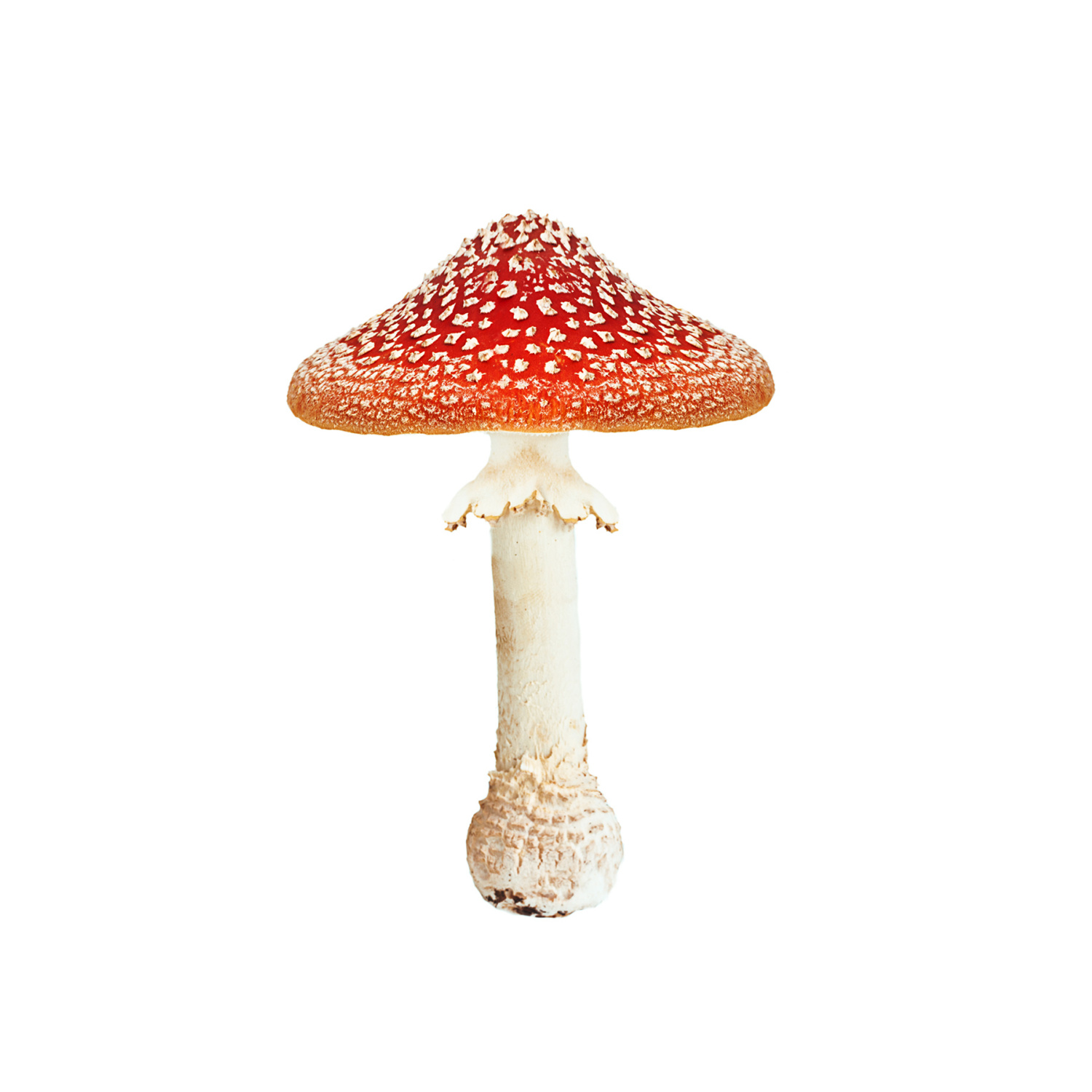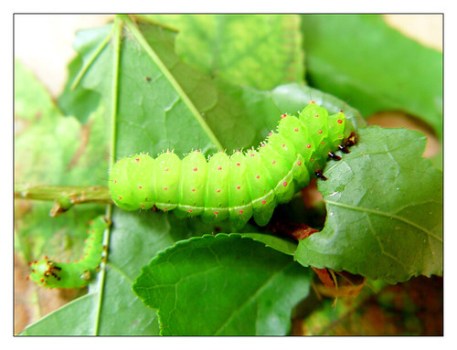::: ::: ::: ::: ::: ::: ::: ::: ::: ::: ::: ::: :::
|
“Maybe there really are girls the size of pinkies from I Was a Teenage Fairy by Francesca Lia Block
|
::: ::: ::: ::: ::: ::: ::: ::: ::: ::: ::: ::: :::
i have spent a lot of time in diminutive states this Summer. i have been smallish and pale and worried and heartbroken and dragged through frightening dreams.
i have been “burning branches of synaptic fire, surf(ed) the serotonin swells, while the dark heart is dawning, and cuts the wound that nothing quells” as one of my favorite songs goes . . .
i have begun things and ended them and reconsidered them and rebuilt them after tearing them down hair and skin and nail and bone. i took some teeth from them too because they scratched at the blades of my back, looking for the places where the wings protrude.
my delicate green luna caterpillars caught some strange withering illness and died before they slept in their own blankets. still – i have several coccoons from the others. strange, tattered, dark scraps of curled leaf and fur and silk. not much for photographing. not until they hatch in May.
i am coming around again. i have recovered something and have begun writing and taking pictures again.
but i’ve been down the rabbit hole and into the pool of tears, you see.
and i have also, been taking advice from caterpillars, as the story goes . . .
“Who are YOU?” said the Caterpillar.
This was not an encouraging opening for a conversation. Alice replied, rather shyly, “I–I hardly know, sir, just at present– at least I know who I WAS when I got up this morning, but I think I must have been changed several times since then.”
“What do you mean by that? ” said the Caterpillar sternly.“Explain yourself!”
“I can’t explain MYSELF, I’m afraid, sir,” said Alice, “because I’m not myself, you see.”
“I don’t see,” said the Caterpillar.
“I’m afraid I can’t put it more clearly,” Alice replied very politely, “for I can’t understand it myself to begin with; and being so many different sizes in a day is very confusing.”
“It isn’t,” said the Caterpillar.
“Well, perhaps you haven’t found it so yet,” said Alice; “but when you have to turn into a chrysalis–you will some day, you know–and then after that into a butterfly, I should think you’ll feel it a little queer, won’t you?”
“Not a bit,” said the Caterpillar.
“Well, perhaps your feelings may be different,” said Alice; “all I know is, it would feel very queer to ME.”
“What size do you want to be?” it asked.
“Oh, I’m not particular as to size,” Alice hastily replied; “only one doesn’t like changing so often, you know.”
“I don’t know,” said the Caterpillar.
Alice said nothing: she had never been so much contradicted in her life before, and she felt that she was losing her temper.
“Are you content now?” said the Caterpillar.
“Well, I should like to be a little larger, sir, if you wouldn’t mind,” said Alice: “three inches is such a wretched height to be.”
“It is a very good height indeed!” said the Caterpillar angrily, rearing itself upright as it spoke (it was exactly three inches high).
“But I’m not used to it!” pleaded poor Alice in a piteous tone. And she thought of herself, `I wish the creatures wouldn’t be so easily offended!’
“You’ll get used to it in time,” said the Caterpillar; and it put the hookah into its mouth and began smoking again.





 This is a Polyphemus Moth, one of the largest of the Giant Silkworm Moths, although not the largest North American moth, the Cecropia Moth (Hyalophora cecropia).
This is a Polyphemus Moth, one of the largest of the Giant Silkworm Moths, although not the largest North American moth, the Cecropia Moth (Hyalophora cecropia). Now—the eggs she laid may be infertile—I will know in a few days if they collapse. There is also a good chance they may be viable, in which case this is the caterpillar of the Polyphemus Moth. Then I will be fortunate enough to witness the whole cycle through pupation and rebirth again, with fine, unbattered specimens for later.
Now—the eggs she laid may be infertile—I will know in a few days if they collapse. There is also a good chance they may be viable, in which case this is the caterpillar of the Polyphemus Moth. Then I will be fortunate enough to witness the whole cycle through pupation and rebirth again, with fine, unbattered specimens for later.
